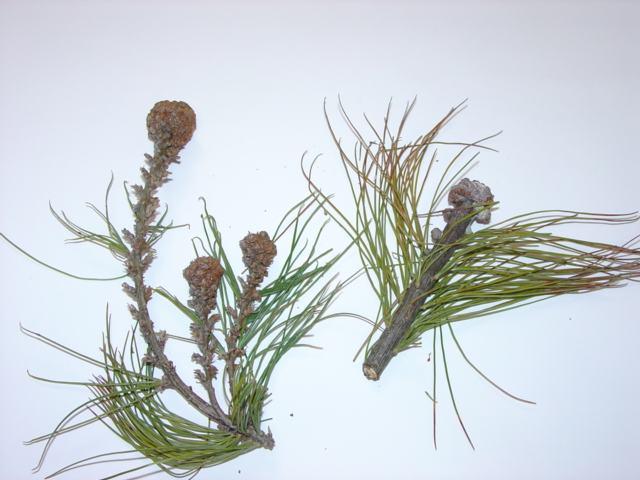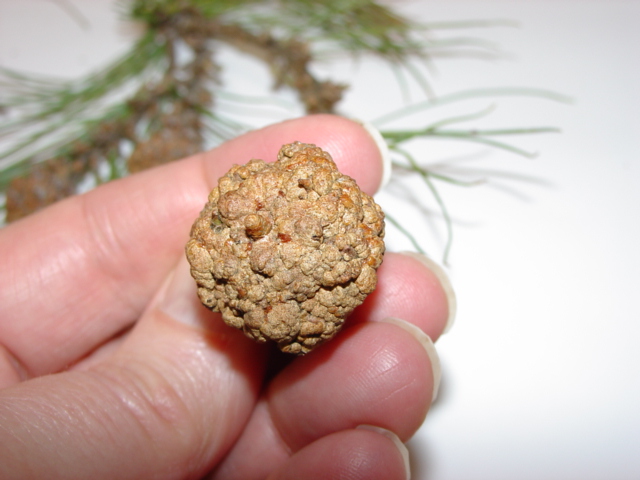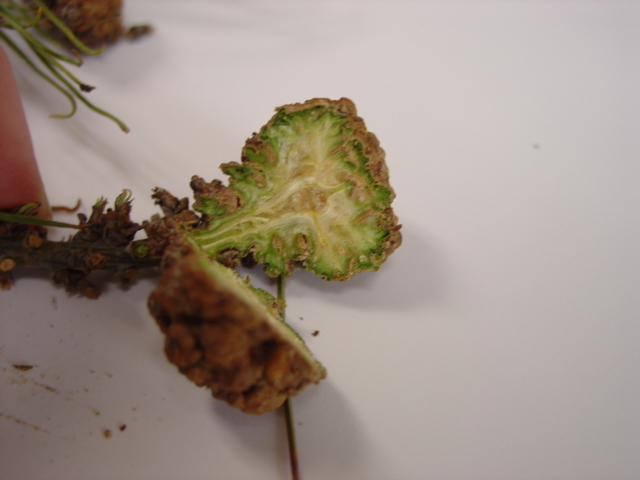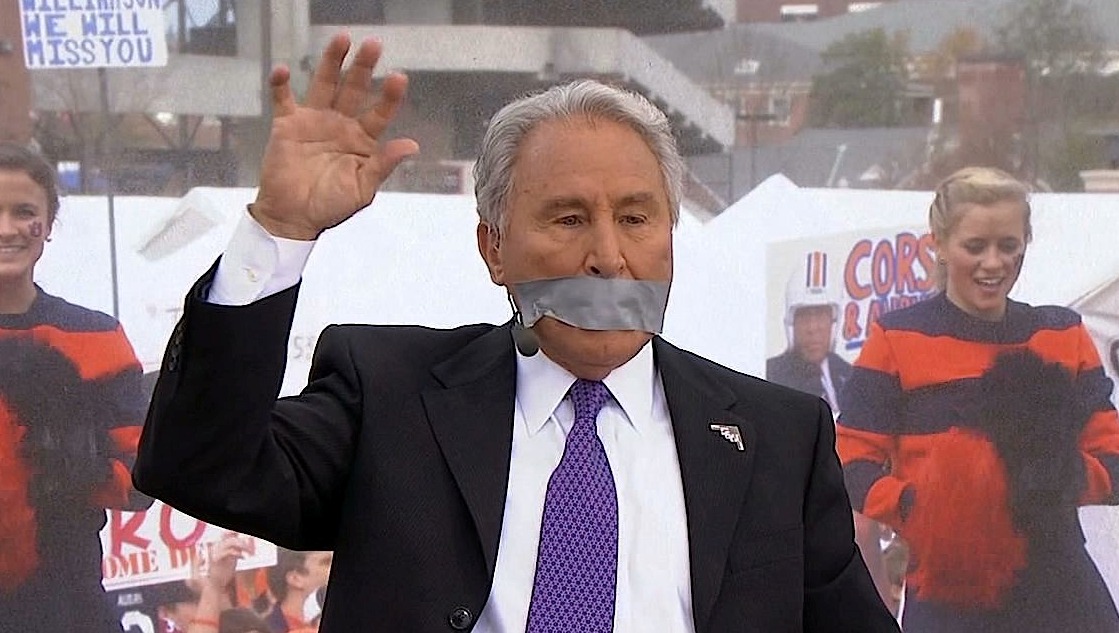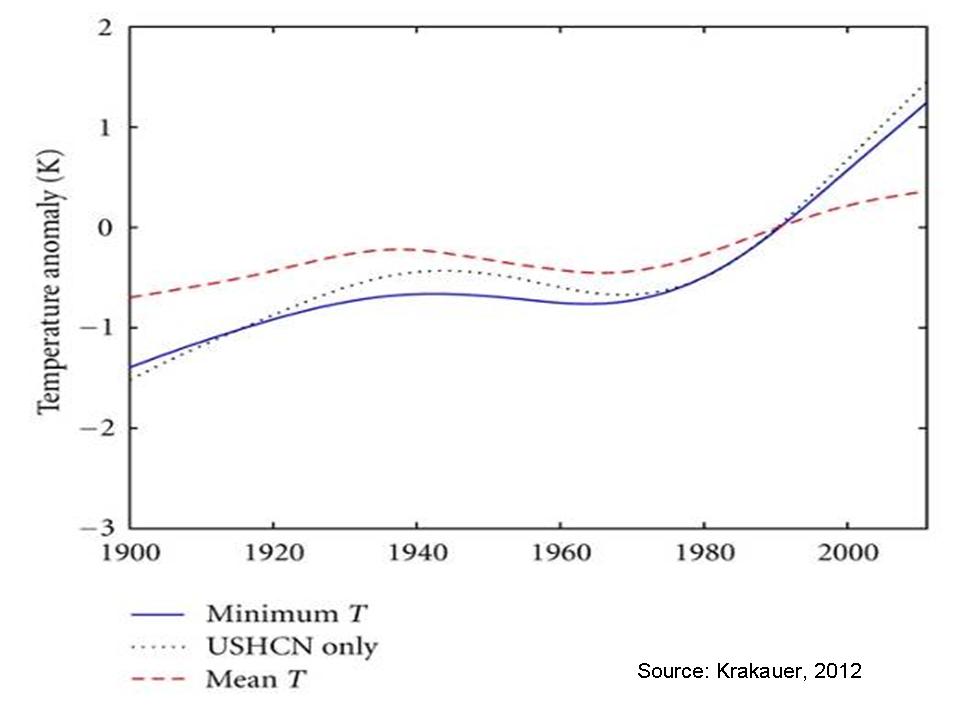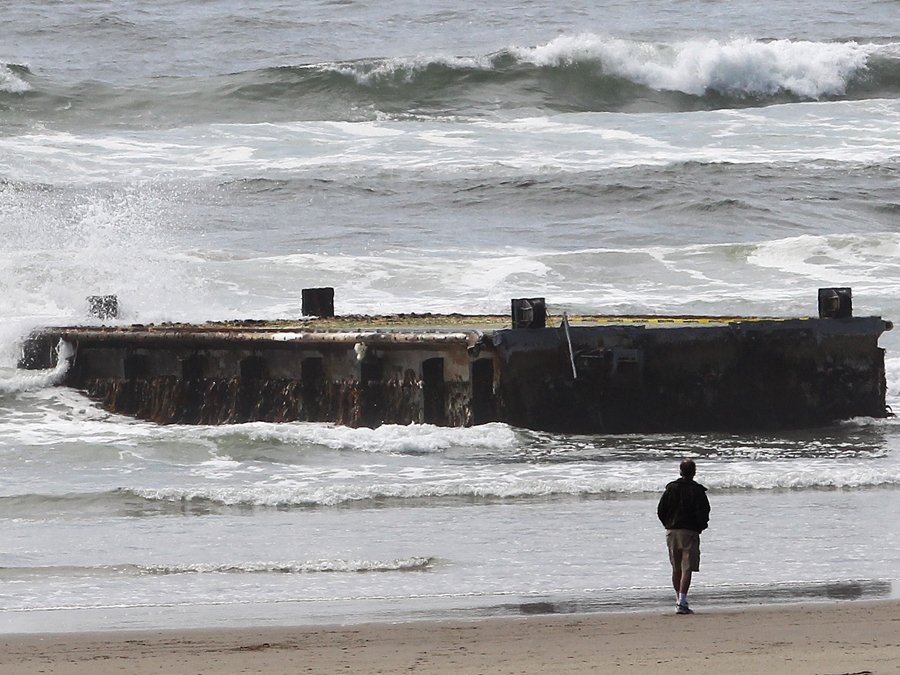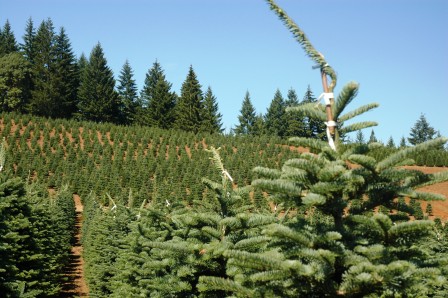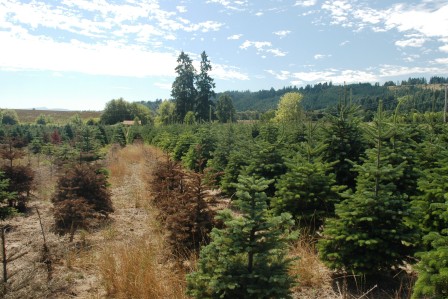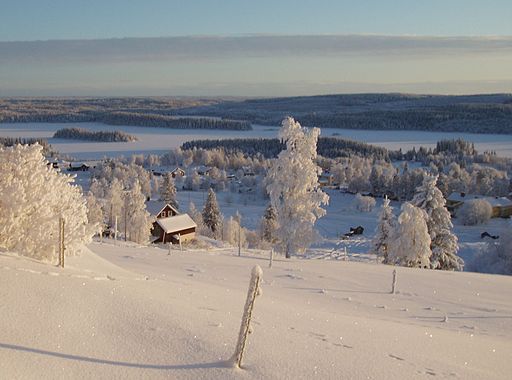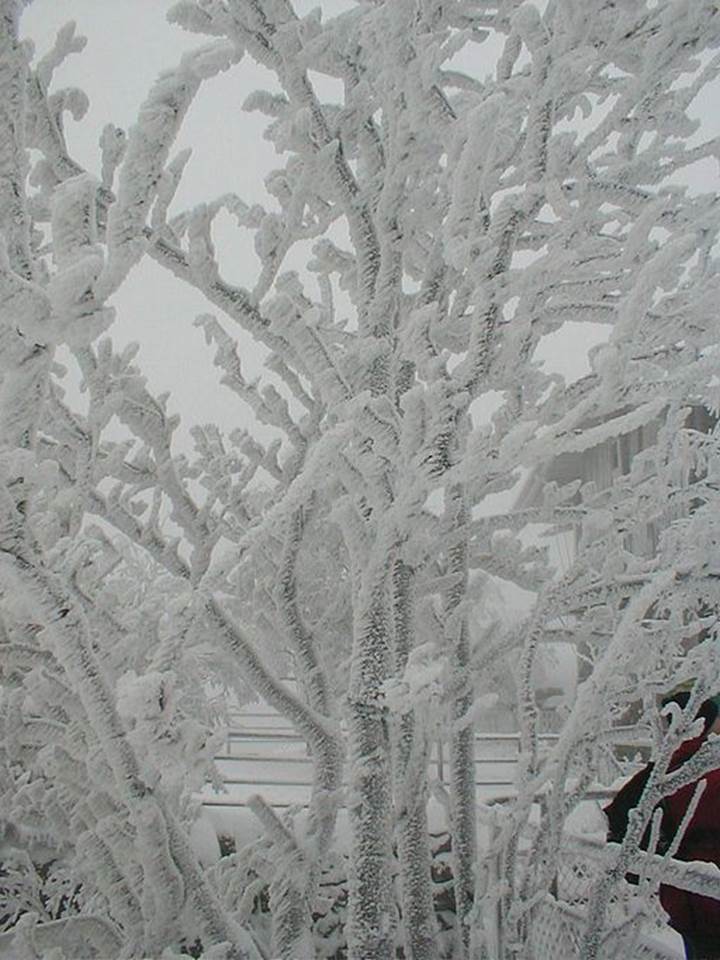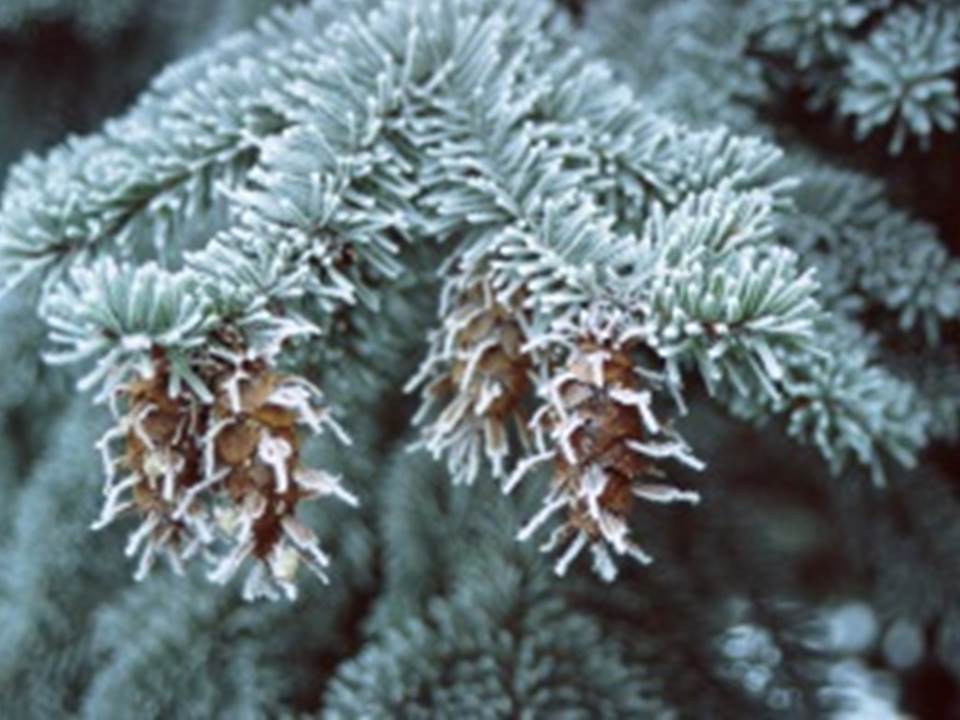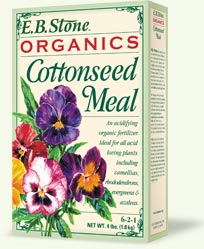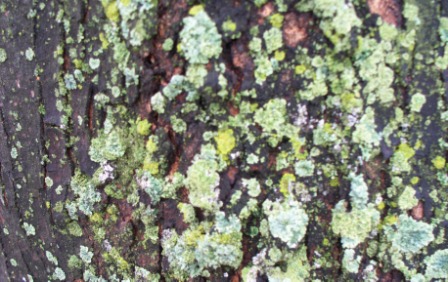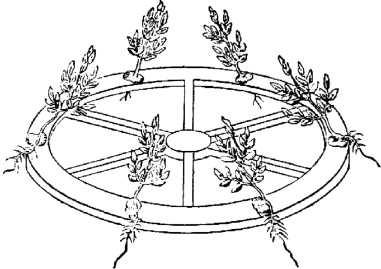
I spent the last two weeks in Spain, combining business with pleasure. It’s interesting when something that starts out as part of the pleasure ends up being business instead.
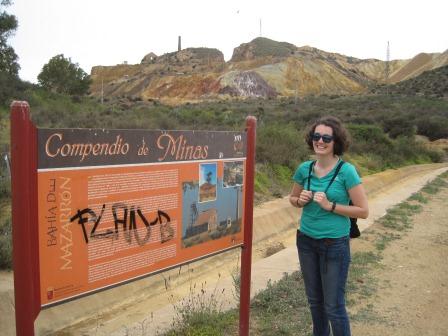
Charlotte translated this sign for me – it’s historical information. Note the brightly colored mine tailings in the background.
My daughter is teaching English in Mazarrón, a small town in the province of Murcia. The climate there is very similar to southern California, though drier and not as warm: it’s pretty much a scrubland ecosystem. Since we both enjoy hiking, we decided to take advantage of exploring the abandoned mine sites. Unlike such sites in the United States, there are no restrictions to hikers and in fact there’s signage explaining the history of the mines. This is a popular hike after a rainstorm because of the unnaturally red pools that form in the landscape.
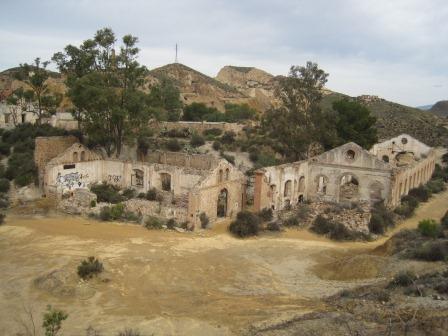
The abandoned mine works; these buildings are over 100 years old, though this area was mined since Roman times.
It took some Internet research to find out that lead, silver and zinc were the minerals of interest extracted from these mines. For those of you who aren’t aware of how ore processing works, it includes adding various chemicals to crushed rock to solubilize and isolate the desired minerals. The leftover tailings are nearly always highly acidic and full of environmentally available heavy metals. The various metal oxides and sulfides that formed at Mazarrón are vividly red, orange, and yellow, and there is a pervasive sulfur smell throughout the site. If this isn’t hell on earth, I don’t know what is.
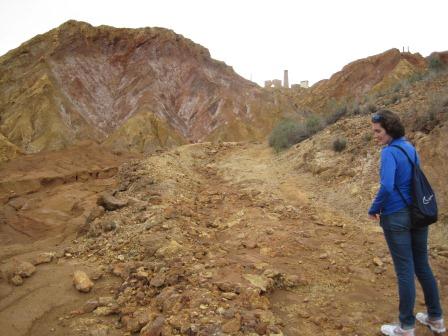
Mountains of mine tailings
So it was really quite a shock to both of us that not only could we walk into this mine site, but that there were no warnings regarding exposure to whatever toxic chemicals might be in the soil and water. We took pains not to touch anything – but others were not so cautious. Some hikers ahead of us watched their dog cavort through the largest of the pools, and later took photos of each other on the mine tailing spoils.
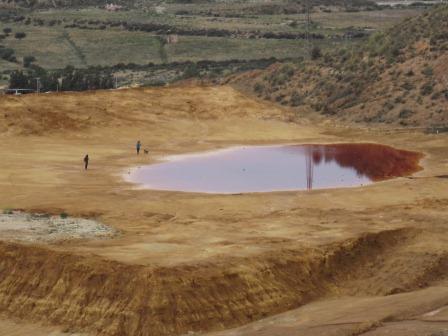
Visitors and dog and red pool of ????
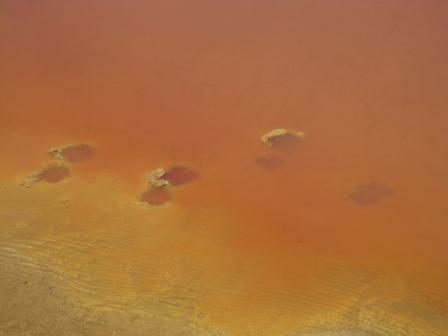 Yes, the dog went in the water
Yes, the dog went in the water

And then a photo op on the side of Spoils Summit
This hideously beautiful landscape was unearthly, primarily because there was absolutely nothing alive in it. No plants, no insects, no birds. Along the edges of the mine tailings there were spring flowering shrubs, bees, and birds, just as one would find elsewhere in the region. (But not in the spoils. What an apt name…)
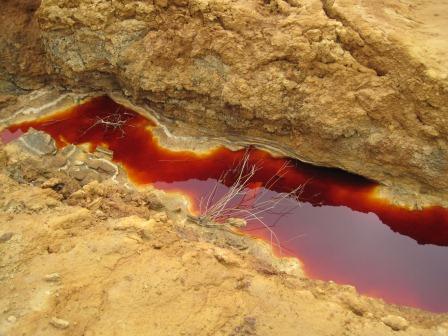
A blood-red seep into the pond
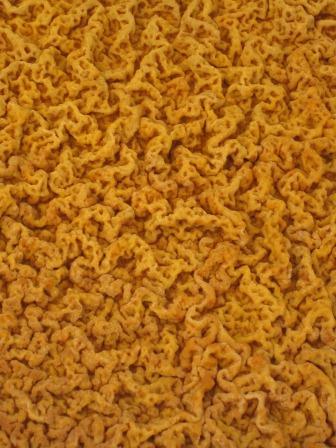
Crystals forming as water dries in the pools
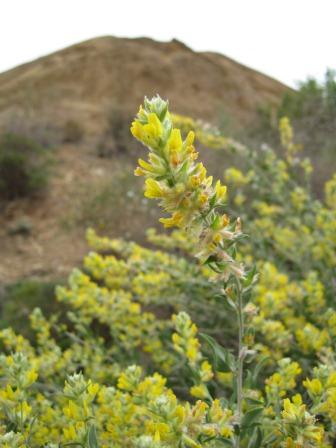
Just off the side of the tailings, life continues
How do the mines of Mazarrón fit into gardening? Unlike this mine site, where the evidence of heavy metal contamination was clearly visible, it’s not so obvious in our garden soils. The residues of arsenic-containing pesticides, leaded gas, zinc from car tire wear, and other possible contaminants are unseen and unknown unless we have soil tests done to confirm their presence or absence. Yes, it can be expensive to have these tests done, but if we are handling our soils, breathing the dust, and eating the plants that grow there, wouldn’t it be smart to find out what’s there first?





 Yes, the dog went in the water
Yes, the dog went in the water





